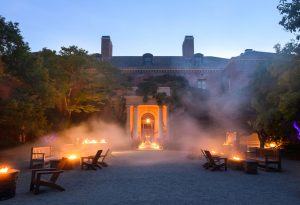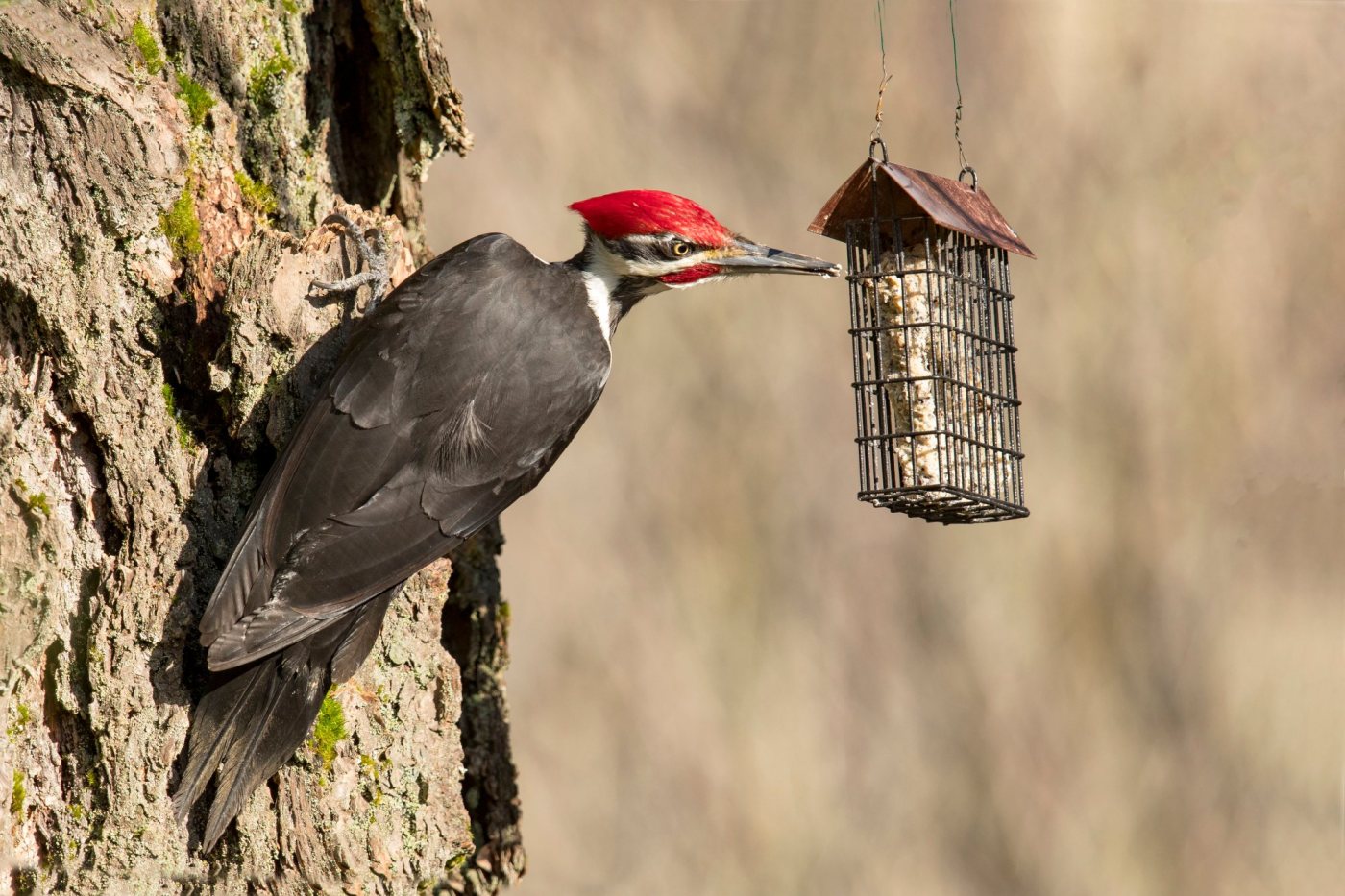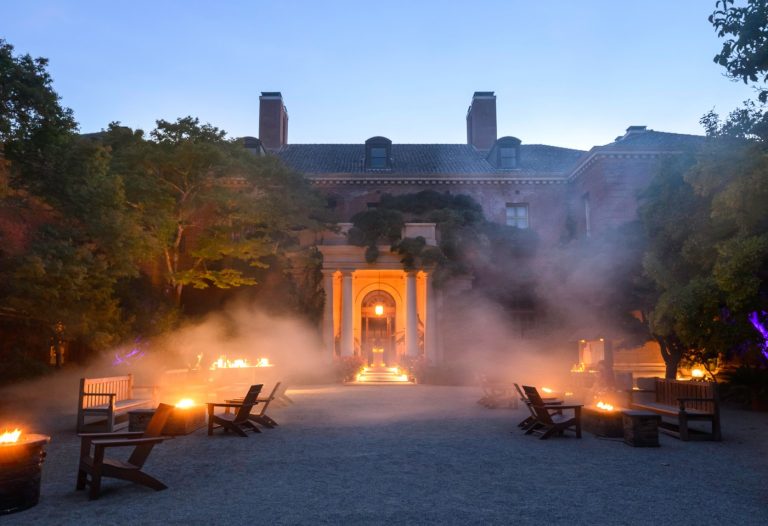As a collective notion, woodpeckers are one of the more familiar bird families. The general idea is clear enough: medium-sized, black-and-white birds with red highlights that use their beaks to pound upon trees. Some moderately attentive backyard birdwatchers may well be acquainted with the common local birds that largely fit this description, like the acorn, downy or Nuttall’s woodpecker. Today, however, I’d like to shine a light on three of our less commonly encountered woodpeckers, each one with its own surprises: the sapsucker, the flicker and the mighty pileated woodpecker.
I mentioned the classic pattern followed by our common woodpeckers: black and white, not too big and perhaps with some red upon the head. The first of our “special” woodpeckers is the red-breasted sapsucker, which fits those patterns of size and color. As the name suggests, this particular sapsucker has more extensive red than average, with the whole head and upper breast suffused with a rich red on both male and female birds. (In all of our other local woodpeckers, red is merely a highlight found in a limited area on the crown of the head, and in some species is completely absent in females.)
There are a few special things to note about red-breasted sapsuckers. First, they are the only one of our reasonably common woodpeckers that is entirely migratory in its Bay Area population: Sapsuckers are arriving now, will remain throughout the winter, and then depart around April for breeding grounds in the Sierras and Pacific Northwest. The key to becoming aware of their presence — and their most truly attention-grabbing trait — is suggested by the other part of their name, the “sapsucking” itself. Have you ever noticed neat rows of circular holes dug into the bark of living trees? Those were made by this bird, which excavates these initial incisions, then returns to these “wells” to feed on the sap that flows into the exposed cavities, as well as on any incidental insects drawn to the sweet substance.
The second of our unique woodpeckers under discussion is the least typical in appearance: the northern flicker. This bird is not black and white, but a kind of copper brown with black bars on the back, a semicircular black bib at the top of the chest, a mostly gray face and a red moustache mark (absent on females). A large and striking bird, its most striking feature is mostly hidden, but is likewise well-recognized in their name: in flight, their wings “flicker” with a brilliant, reddish-orange glow.
You’re likely to see flickers feeding on a lawn. (Photo by Allan Hack)
That unusual assemblage of colors is the surface manifestation of the flicker’s deeper unusualness. Flickers are unusually brown because they spend an unusually large amount of time on the ground. They presumably evolved their different color scheme in parallel with their evolution as the ground-feeding woodpecker. While many other woodpeckers look for insect prey within rotting wood, or pluck it from the surface of the bark, flickers specialize in pursuing ants, often reaching into their tunnels with their extravagant tongues, which reach some 2 1/2 inches beyond the end of their long beaks.
The pileated woodpecker, with a wingspan of more than 2 feet, makes suet feeders look small. (Photo by Mick Thompson)
Related Articles
What’s next for avian flu? Genetic tests of California farmworkers could reveal viral evolution
A board game for birders: How Wingspan used stunning bird illustrations to sell millions of copies
5 great spots to catch the fall bird migration in the Bay Area
Get to know the Bay Area birds of autumn
Why have bluebirds ignored my birdhouse for a decade?
The last of our trio of special woodpeckers is the least frequently encountered, but the most memorable of all: the pileated woodpecker. This is the largest North American woodpecker (not counting the probably or nearly extinct ivory-billed and imperial woodpeckers), weighing roughly as much as a crow and with a wingspan of over 2 feet. Unmistakably enormous compared to our other local woodpeckers, the pileated nonetheless sticks to the classic colors with an all-black back, white stripes on the face and a red cap on both male and female birds. (A “pileus” was an ancient Roman hat, and so “pileated” means roughly “capped.”) In Marin, look for pileated woodpeckers in forests with plenty of large mature trees: They can be found in the Douglas fir forests of Point Reyes and Mount Tamalpais as well as in the oaks of Tomales Bay, China Camp and Indian Valley.
Woodpeckers are strange and striking creatures, and these three representatives are stranger still. One digs wells for sap, one reaches a snaking tongue into the earth like an anteater with wings and one spreads its massive wings and trumpets through the forest like the prehistoric past made present and alive.
Jack Gedney’s On the Wing runs every other Monday. He is a co-owner of Wild Birds Unlimited in Novato and author of “The Private Lives of Public Birds.” You can reach him at [email protected].











+ There are no comments
Add yours